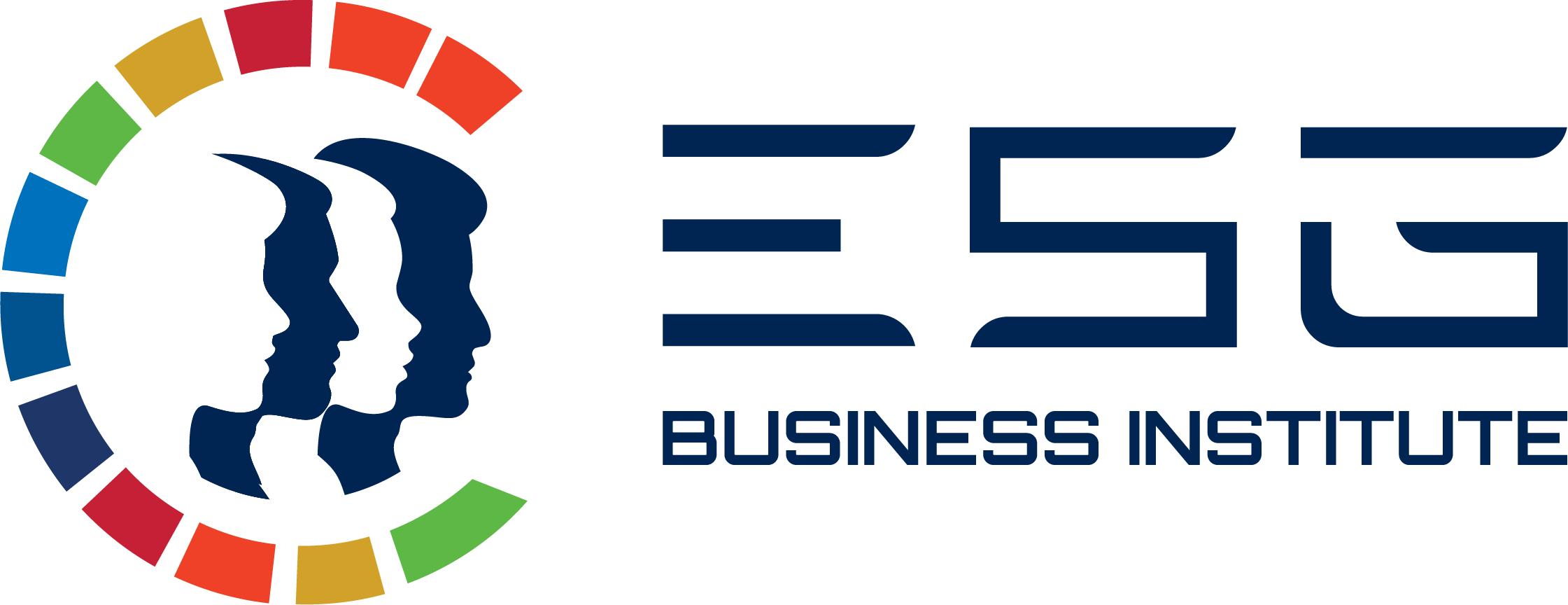In my opinion, choosing the right ESG tool(s) for an organization depends on its industry, the size of the company, and its specific sustainability goals. Given the diverse set of ESG tools available, it’s important to align them with the company’s priorities, resources, and stakeholder expectations. Here's how I would approach the selection of ESG tools:
GRI (Global Reporting Initiative):
GRI is a comprehensive and widely recognized reporting framework that covers a wide range of environmental, social, and governance (ESG) aspects. It's particularly suited for organizations that want to be transparent and report in-depth on their sustainability efforts, as it covers a broad spectrum of metrics. If my organization is aiming for global recognition, inclusivity, and a thorough sustainability disclosure, GRI would be an appropriate tool. It would help us build credibility with investors, customers, and stakeholders by providing transparency across all sustainability dimensions.
SASB (Sustainability Accounting Standards Board):
SASB provides industry-specific standards, which makes it particularly valuable for organizations in industries with complex sustainability issues. If my company operates in a sector like energy, utilities, or finance, SASB would help align our reporting with industry-specific ESG risks and metrics. By focusing on financial materiality, SASB enables companies to communicate their sustainability efforts in a way that’s meaningful to investors, who can better evaluate how ESG factors affect financial performance.
CDP (Carbon Disclosure Project):
If my company’s primary focus is on environmental impact—such as carbon emissions, water usage, and climate risks—CDP would be highly relevant. CDP is an excellent tool for organizations looking to track their carbon footprint and other environmental impacts. Its detailed questionnaires help identify areas of environmental risk and opportunities for reduction. For companies aiming to gain recognition for environmental transparency and to measure progress on climate goals, CDP is a critical tool.
ISSB (International Sustainability Standards Board):
The ISSB is newer but increasingly important as it provides a global standard for sustainability reporting. If my organization wants to align with emerging global standards, especially for international compliance and global investors, the ISSB framework would help. It provides an integrated approach to sustainability reporting by focusing on both financial and non-financial disclosures. As a company aiming for global competitiveness, using ISSB could be beneficial for enhancing comparability and consistency across borders.
IIRC (International Integrated Reporting Committee):
If my organization seeks to integrate sustainability with corporate financial performance, the IIRC framework would be suitable. This tool is perfect for companies that want to link their ESG goals directly with financial performance and overall business strategy. It promotes transparency on how ESG factors contribute to long-term value creation, helping both internal stakeholders and investors understand how ESG influences financial outcomes.
Which Tool(s) to Choose for My Organization:
Considering the complexity of implementing multiple ESG frameworks, I would recommend using a combination of GRI for broad reporting and transparency, along with SASB for industry-specific disclosures. This combination will help my organization communicate a comprehensive ESG story while addressing the specific needs and concerns of investors, customers, and regulators.
If my company is particularly focused on environmental impacts, incorporating CDP would be an excellent way to demonstrate environmental stewardship. Finally, if we are looking to align with global reporting standards and enhance investor confidence, adopting ISSB standards alongside GRI would ensure global consistency and comparability.
In conclusion, a mix of GRI and SASB would likely be the most appropriate combination, with the potential to integrate other frameworks like CDP and ISSB based on specific goals, especially around environmental and governance issues. The key is to choose ESG tools that align with my company’s values, sustainability goals, and stakeholder expectations, while ensuring the reporting process is manageable and aligned with industry best practices
